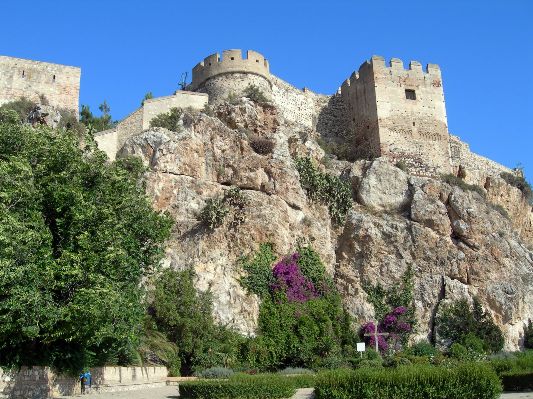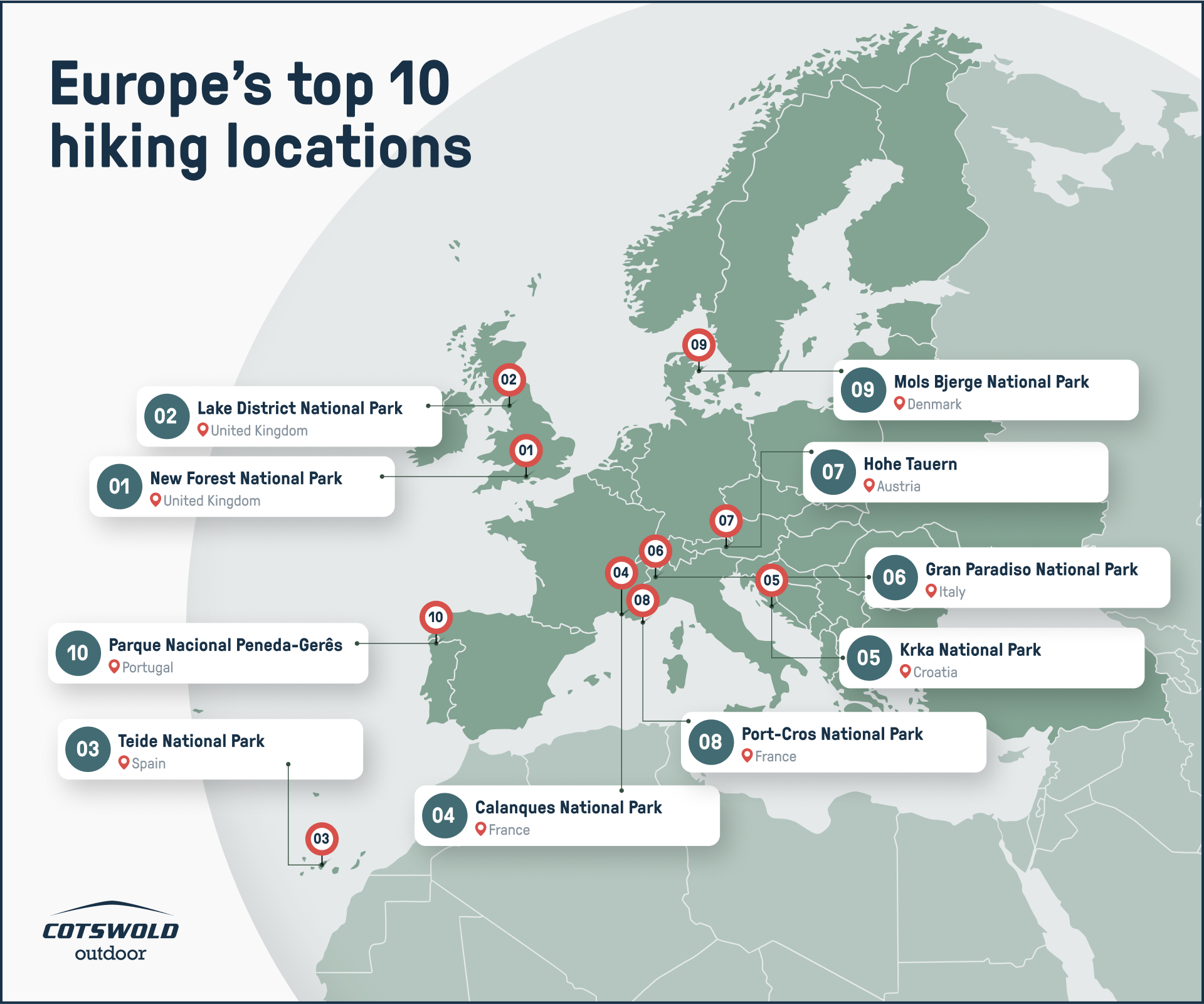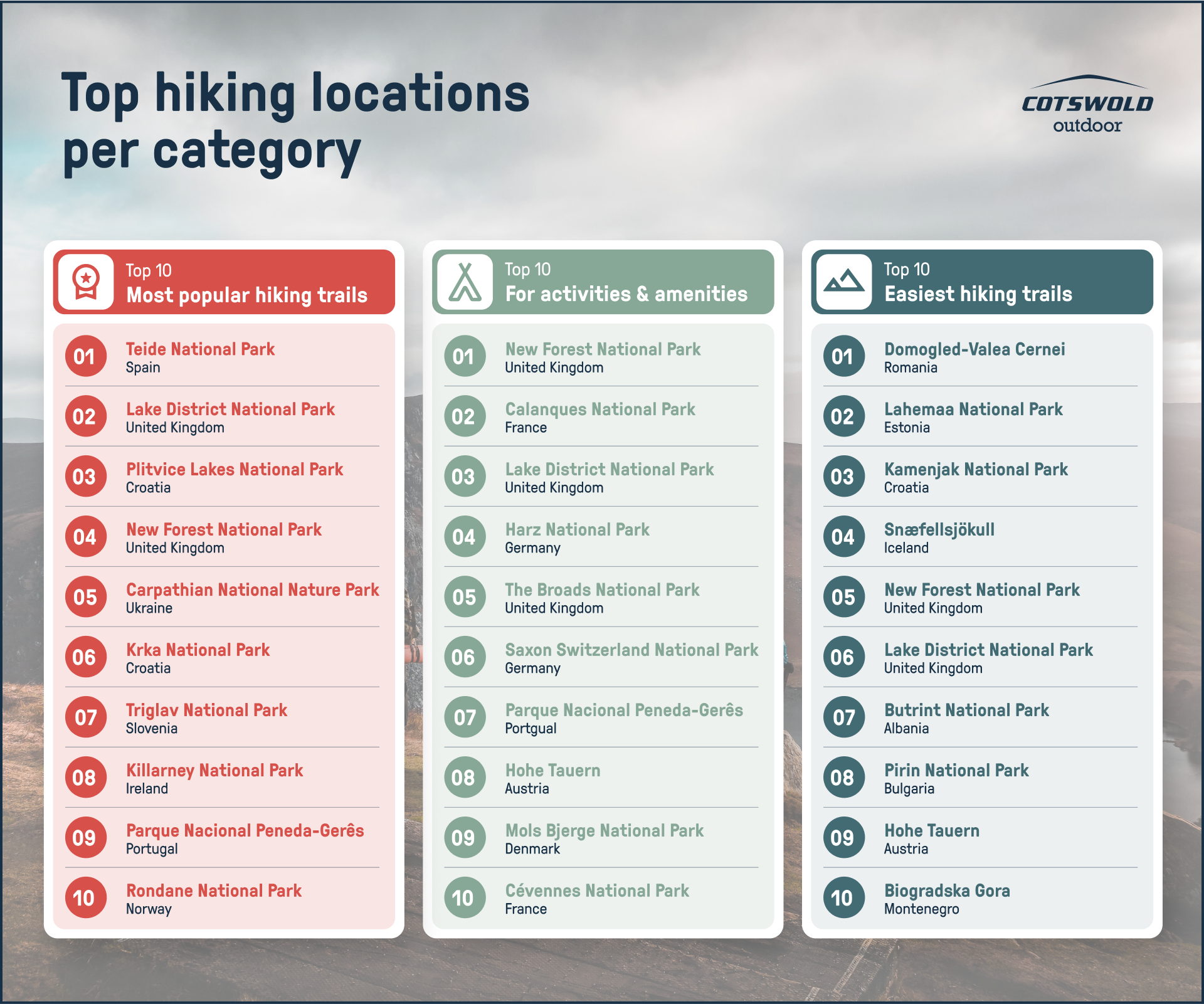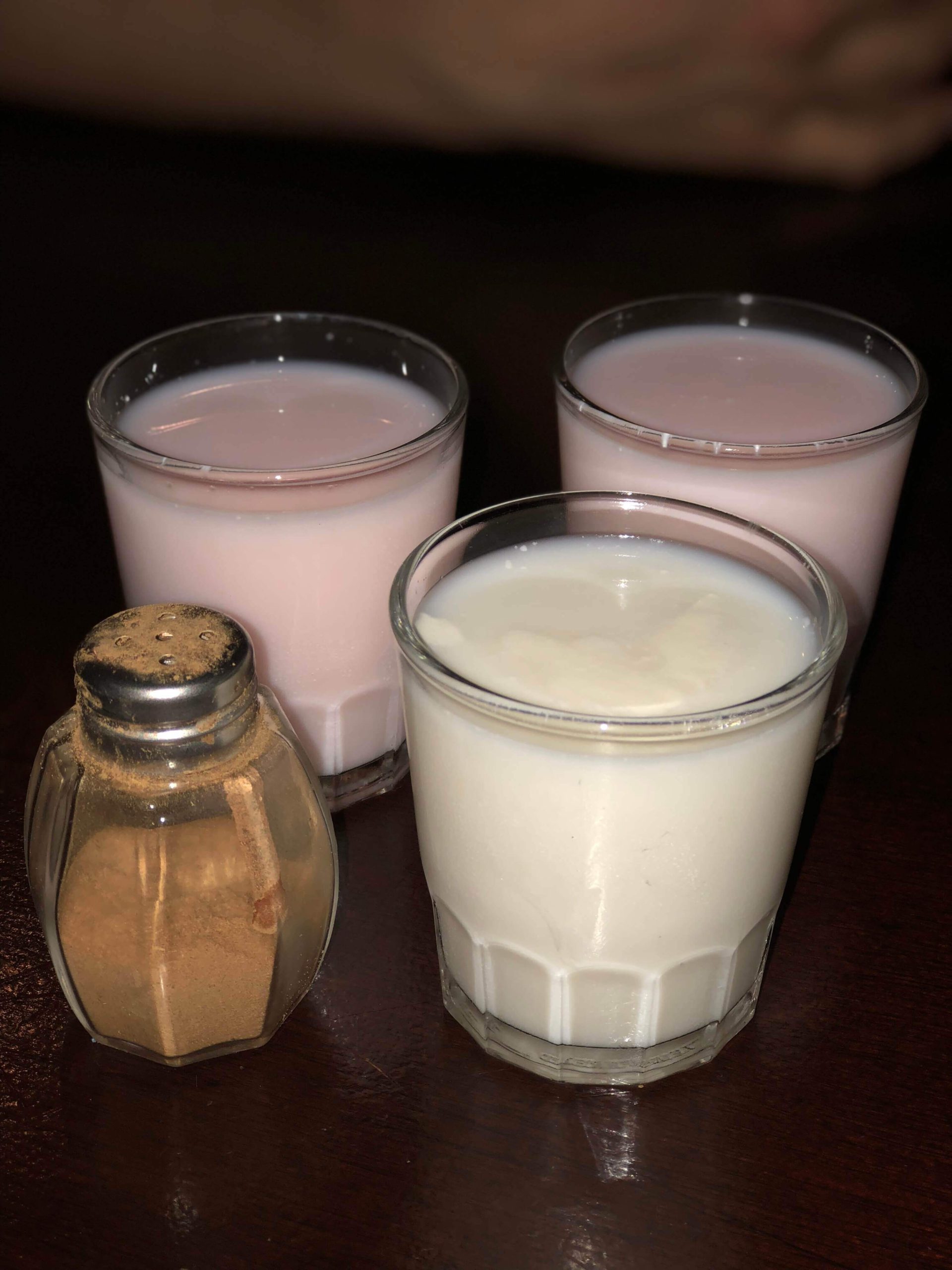Salobreña Castle
Friday, January 27, 2023

Romantic Spain, land of castles and fortresses, relics of the Arabs and Romans. Andalucia, with its image of flamenco and bull fighting. To the west of Málaga the old Spain has been erased and replaced by the glitzy coastal resorts of Fuengirola and Marbella, better known for their sun drenched beaches and package tours than for their castles. To the east lie the towns of Nerja, Torrox Costa, Almuñecar and Salobreña steeped in history. Nerja has drawn visitors to the caves since the 1950s but what of the castles of area, and Roman ruins. Volumes have been written about the palaces of Granada, the last stand of the Moors against the mighty armies of Castille and Aragon led by Ferdinand and Isabella, the Catholic Kings. Little has been chronicled of the castles of the eastern Costa del Sol, the gateway to North Africa, ripe with piracy in the Middle Ages and attacked by generations of would-be Arab rulers. The gloss of the travel brochures show scantily clad bodies and relentless sun but nothing of the magnificent peaceful gardens of the castle of Almuñecar, Salobreña and Almeria.
Almuñecar is situated 15 km west of Salobreña, 56 km south of Granada and 18 km east of Nerja. En route from Nerja, you witness such beauty spots at La Herradura, "the horseshoe", an apt name for the shape of the bay, and the salubrious development of Marina del Este snuggle amongst the trees on the hillside. The road winds down to the coast when you leave the main road, and runs beside a shingle beach lined with cafes where you can sip your beer and watch the waves roll onto the shoe. Follow the road towards town and take the turn for Castillo San Miguel. The road twists and turns and suddenly you arrive at the ruined Moorish castle. It was a stronghold of the Kings of Granada and where they kept their treasure before being ousted by Ferdinand and Isabella in 1492, the same year as Columbus discovered America. The narrow cobbled streets between cube-shaped houses are negotiable by car, and, if you have a good sense of direction, you can drive through to the centre of town.
The coastal town of Salobreña lies 10km east of Almuñecar. The coastline to Salobreña along the tropical coast is wild and rugged. To the left are the awesome peaks of the Sierra Nevada and to the right the glistening blue of the Mediterranean. Salobreña stands unmolested by mass tourism, although now boasts an eighteen-hole golf course; in the winter the snow-capped Sierra Nevada provides a magnificent backdrop to the green of the third hole. The narrow winding streets of the town remain as a tribute to the Moorish era, the cube-shaped buildings nestle together beneath the looming fortification of the Arab castle. The maze of narrow streets defies the sense of direction and one encounters colourful plazas and little cafes tucked away in the back streets. Calle Antón Segovia leads directly to the gates of the castle, a pretty paved avenue with plants and flowers. The castle has served as a retreat for the Muslim Kings, a defender of the port and beach, and also as a prison. It was one of the most important strongholds on the coast of Granada both from civil and military points of view. Most of the restoration work was done during the Muslim period, but there is evidence that other work was carried out during the reign of the Catholic King and Queen after the earthquake of 1494. The work continued in the 16th and 17th Centuries. During the late 17th Century and 18th Century, the importance of Salobreña deteriorated despite being kept as a defence against pirates.
In the 19th Century, its prestige was restored when the castle was used as a fortification against the invasion of the French troops. No further news can be found until 1956 when restoration began again and the Granada newspaper "La Patria" uncovered some earlier articles about the castle as well as some hand-drawn plans. The castle is now fully restored and summer festivals are held every year on its grounds.
Further down the coast, Almeria is home to yet another imposing castle. The drive from Salobreña takes about an hour and the terrain changes dramatically. Gone are the orange groves and fertile valleys to be replaced by a sea of plastic posing as greenhouses - a scar on the landscape. From these eyesores the mountains become rocky, yielding neither crop nor greenery. The road snakes along the coast and eventually straightens into long avenues. Almeria looms, its Alcazaba is the focal point of the town. The Arab fortress was built by the Caliph of Cordoba Abder-Rahman III, enlarged by Almanzor and completed by Hairan, and covers an area of 35,325 sq.m. with a perimeter of 430 metres and an average width of 83 metres. The castle is situated on a small hill, 95m high, close to the sea and lying east-west, which provides a natural defensive wall and shelters the ravine of La Hoya (the jewel), the site of the original city on the side of the hill. The hill also overlooks the small cove formed between the foothills at the edge of the Sierra de Gador and the mount of the Rambla de la Chanca river - a fishing district whose name still recalls tuna fishing store.
Some kind of fortress must have always existed on the castle hill for defence and look-out purposes to guard the natural harbour of La Chanca, which was used firstly by the inhabitants of Iberian Urci, then came under Roman occupation, and although its population disappeared or was dispersed during Byzantine and Visigoth eras, the settlement reappeared during Arab domination under the name of Bayyana (Pechina) using La Chanca as its port and the castle for the defence. The castle was enlarged and modified in the time of Abdurahman III ad the Almedina was built in front of it, by the sea, surrounded by walls. This led to the founding of the city of Almeria in 955, the Arab town of Bayyana gradually ceding to Almeria as the capital of the region, due to the importance and security afforded by the castle to the Moors of the Almedina.
The castle underwent changes under different Moslem governors, such as Almanazor and Havran the Slave, the first independent ruler-lord of Almeria, who extended the walled area of the city towards the plain by three times the size of the original city of Almedina. The time of Banu Somahdis brought an era of splendour and was the setting for a cultured and literary court in the 11th Century. Later, in the 14th and 15th Centuries, under the Kings of Granada, it retained only its role as a coastal defence. It underwent two sieges, which demonstrated its effectiveness as a fortress; one in 1147, when it fell for the first time to the Christians of Alfonso VII, who was helped by the Genoese, the Catalans and the people of Pisa; and the other in 1309, which lasted a year, when James II of Aragon failed to take the castle.
On 26th December 1489, it was surrendered to the Catholic Kings and subsequently, in 1522 and 1560 - was partially destroyed by earthquakes. Having been abandoned since 1800, its reconstruction was begun in 1950 to restore it to its former glory and today it stands as a reminder of the fierce and warlike past of the area, representing to the Almerians the history of the founding and origins of their city. Much of the grounds have been cultivated and developed into beautiful gardens, a tranquil place to visit on a sunny afternoon. It seems impossible that the rigours of war and earthquakes once threatened to destroy the castle.
Southern Spain is littered with such remnants of the past, pieces of history fitting into a jigsaw and enriching our knowledge of another way of life.
[Author: Tina Irving : I have lived and worked in Spain for over 25 years. I spent a year in Madrid University, launched two businesses and owned three houses. I am a freelance writer and split my time between Spain and Scotland.]
 1
Like
Published at 9:00 PM Comments (0)
1
Like
Published at 9:00 PM Comments (0)
Europe's best national parks for hiking
Thursday, January 19, 2023
British outdoor gear specialists Cotswold Outdoor have revealed Europe's best national parks for hiking, including Spain's Teide National Park!
Cotswold Outdoor's latest research has identified Europe’s top natural backdrops that also make for the best hiking experiences. Combing through 80+ of Europe’s national parks, from Slovenia’s famed Slovak Paradise to Croatia’s incredible Krka, they assess multiple factors across the popularity, difficulty, and activities/amenities categories.
The research reveals...
- Analysing popularity, ease of hike, and activities/amenities, Teide National Park in Tenerife, Spain has been revealed as Europe’s third-best for hiking.
- Tenerife’s Teide National Park owes its high overall ranking to the fact that it is Europe’s most popular national park
- Although campsites are limited, Teide offers five viewpoints and landmarks to marvel at, alongside 85 hiking trails to choose from
UK-based New Forest and Lake District place first and second, whilst Calanques (France) and Krka (Croatia) complete the top five, respectively.
Hiking has become a massive trend over the last couple of years, especially due to the pandemic. This has been proven further by predicted 2023 travel trends, which indicate a further increase in adventure trips. What better time to book a trip to the Canary islands?


 1
Like
Published at 5:53 PM Comments (1)
1
Like
Published at 5:53 PM Comments (1)
Cheers to the Spanish Foreign Legion!
Friday, January 13, 2023
Those who happen to have visited the bars along Carrer de la Mercè, a street that runs through Barcelona’s Gothic Quarter, will have undoubtedly encountered Panther Milk. Known locally as "Leche de Pantera". This dangerous drink is basically a cocktail of condensed milk, gin, water and a few other touches which I will share with you shortly. Although not so widely spread as a drink, it does have an interesting history.
Head back nearly one hundred years to the 1920s and you’ll find that the Spanish Foreign Legion is responsible for this notable mixture. Legion Founder General José Millán-Astray wanted a drink that was easy to produce and could be served in ‘any situation’. With time spent in some of the harshest environments, such as deserts, the drink needed to have a good shelf life and be easy to reproduce. The tale goes that the general approached legendary barman Perico Chicote at the Ritz Hotel in Madrid, to forge such a beverage. While the idea of Chicote solely aiding in Panthers Milk’s creation makes a great story, most agree that the legion themselves had the biggest hand in bringing the mixture back from the front to the bars. While injured the soldiers would mix medical-grade alcohol with condensed milk for quick pain relief and later, once out and about it was upgraded to gin and other common liquors.
In the ensuing decades, panther milk largely disappeared. In the 1970s, however, it was resurrected by a newfound fervent fanbase: college students. Around 1975, a former Spanish Legionnaire opened a bar called La Barretina in an alley along Carrer de la Mercè. There, he began whipping up chilled bottles of the old favorite. Students flocked to this revolutionary cocktail, which became a staple in the area. La Barretina’s neighbours quickly caught on to the new trend. The bar across the street, Tasca El Corral, hopped on the bandwagon by making a less potent, more palatable pink version. La Barretina has since shuttered, but the neighbourhood’s “pink panther milk” (Leche de Pantera rosa) spot remains popular three decades later, and here is the contemporary recipe:

Pink Panther Milk Recipe
0.1 oz. BOLS Grenadine (do not add if you want white Panther milk)
0.9 oz. BOLS Triple Sec Curacao liquor
1.7 oz. Gin - any one you like but London Dry is best.
1.3 oz. Condensed Milk
Sprinkle a little cinnamon on top if you want
Serve chilled from the bottle or shake the ingredients into a mixer filled with ice, strain and serve.
Salud!
 2
Like
Published at 10:54 PM Comments (0)
2
Like
Published at 10:54 PM Comments (0)
Spam post or Abuse? Please let us know
|
|